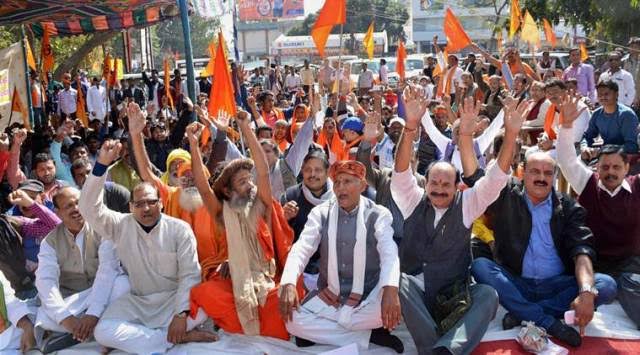
The Congress party’s choice to group the Bajrang Dal with the outlawed PFI in its manifesto and its commitment to outlaw the former if elected to power is a startling shift from its strategy of general silence and obfuscation on Hindutva matters, particularly in the lead-up to a pivotal election.
It might be useful to take a deeper look at Hindutva in Karnataka — or Karnataka’s various Hindutvas — in order to understand why it operates as it does in Karnataka while it does not in other places where it opposes the BJP.
Hindutva is a growing force, but despite this, its homogenizing project has not had an easy time thus far in this complex state.
That is, outside the coastal belt, where it began early and is currently supported by decades’ worth of mobilizations.
Hindutva co-opts but also clashes with local caste-based cultures in the various parts of the state.
The Congress is also a player in the caste game in Karnataka and is not a spent force, as it is in many northern states, which gives the BJP a pass.
Its prior governments are known for well-liked charity programs like the Indira canteens, it has a potent local leadership in Siddaramaiah, and it has managed to hold onto a social coalition it can call its own: Ahinda (OBCs-SCs-Muslims).
That’s possibly why the Congress has pushed for a caste census during this election, amid concerns about Hindutva’s viability in the southern state.
Additionally, its manifesto discusses Hindu militancy while attempting to distance itself from the label of “pro-Muslim party” that the BJP attempts to attach to it.



